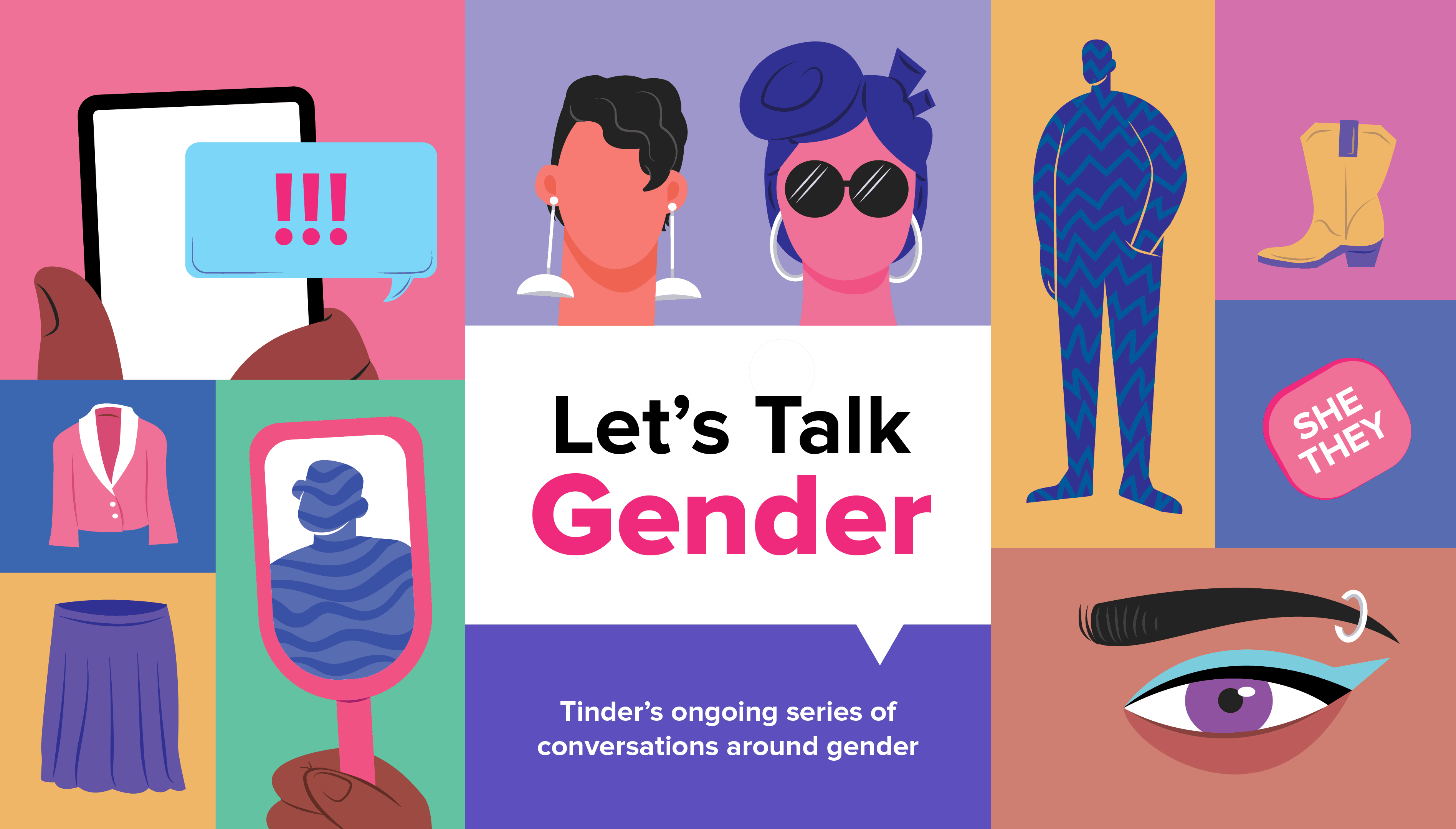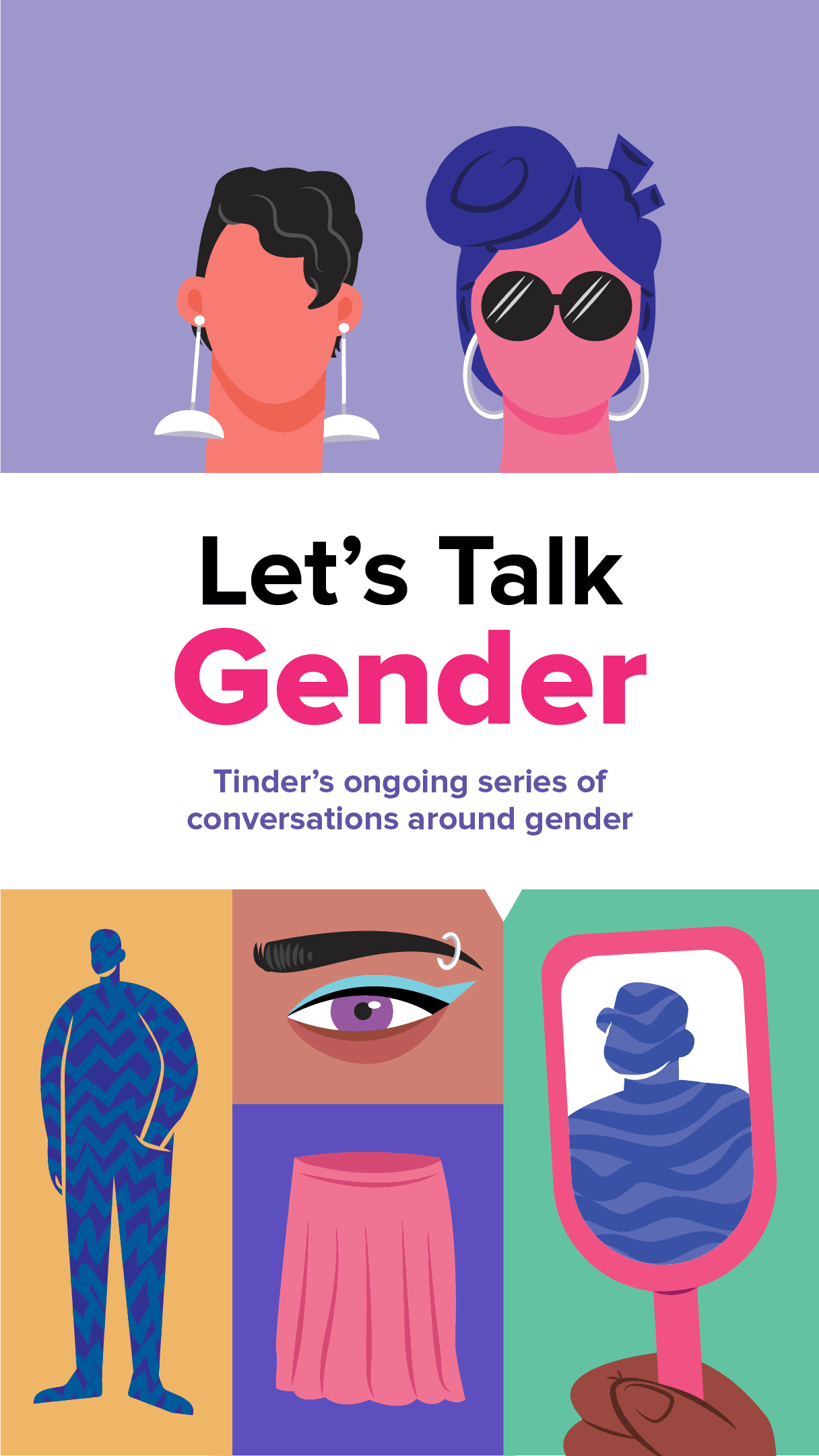I am attracted to a genderqueer person. Does that mean I am queer too?
The beauty of your gender and sexuality is that only you get to define it. However, it is quite possible that the way you engage with a genderqueer person whom you’re attracted to, might be different from the way you engage with someone you consider as belonging to the “opposite sex”. Since we live in a world where straight dating rules are considered universal (boy asks girl out, girl is coy and allows the boy to take the lead, boy asks girl’s father for permission to ask her to marry him etcetera etcetera), your attraction to a genderqueer person might require you to explore new ways of dating and relating to them. While on this journey, if you start relating to the LGBTQIA+ community and feel comfortable with assuming the queer identity for yourself, then so be it!
Bell Hooks said it best:
“… queer as not about who you’re having sex with, that can be a dimension of it, but queer as being about the self that is at odds with everything around it and has to invent and create and find a place to speak and to thrive and to live.”
However, if you continue to identify as ‘straight’, then it would be best to discuss it with the person you’re in a relationship with. They might not mind it or they might find that it invalidates their own identity – and those are aspects that you must navigate together.




